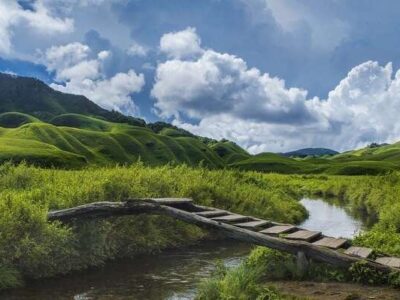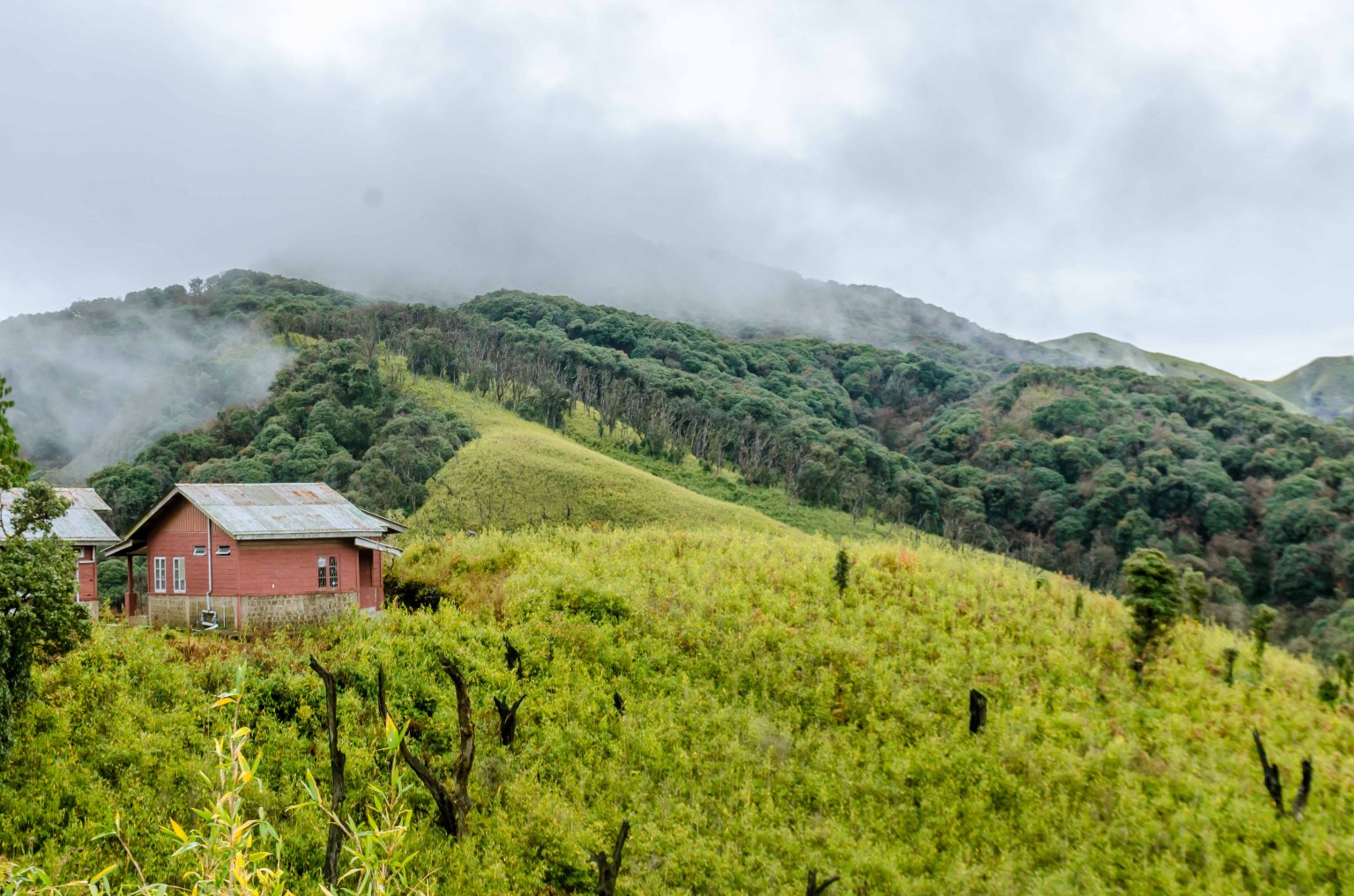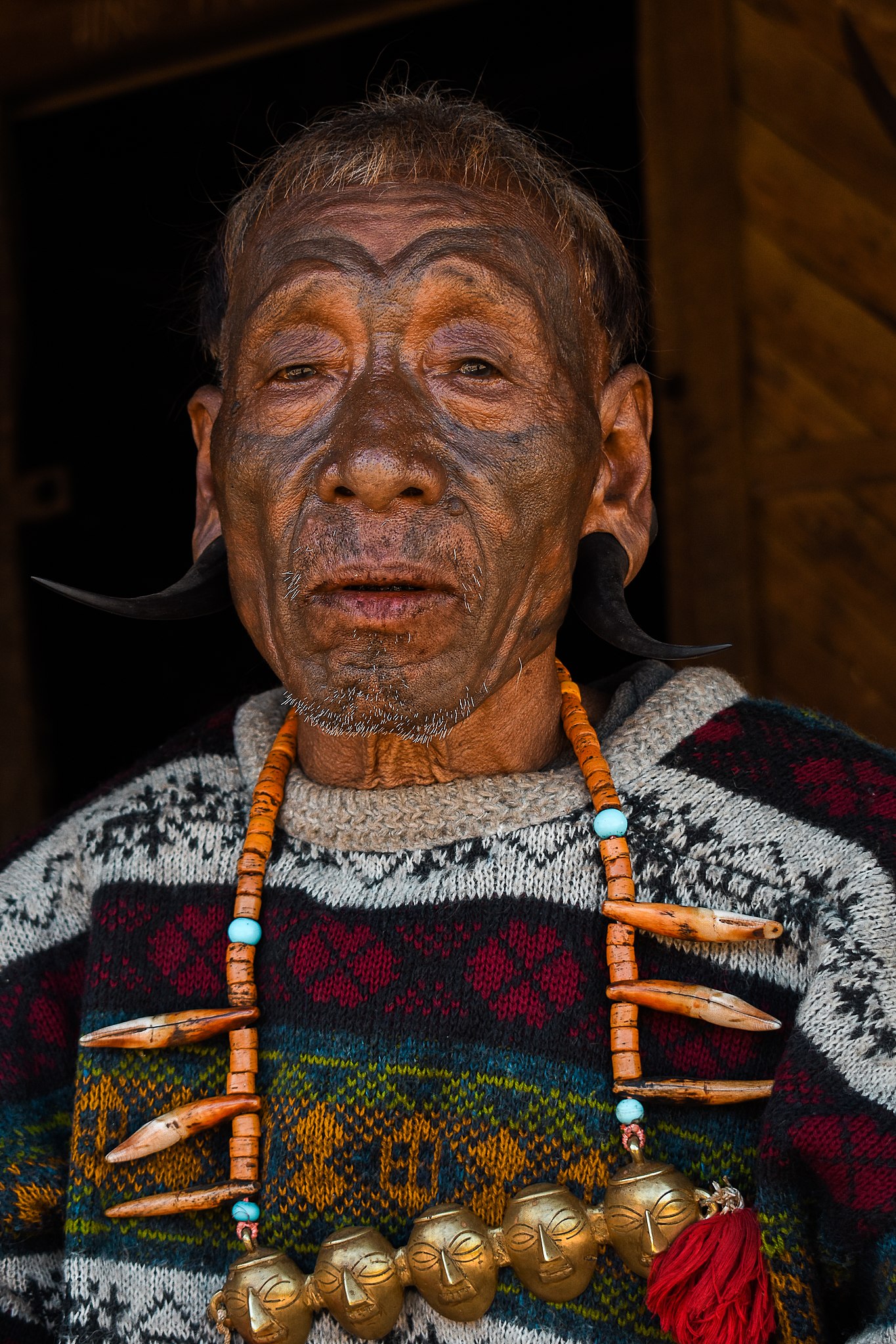Homestay Kohima
Facilities
- Room
Nagaland

With Kohima as the capital and Dimapur as the largest city, Nagaland in the far North East is one of the smaller but most beautiful states in India. Your adventurous travel experience through the hills, valleys and picturesque terrains will be a journey of a lifetime! If you’re planning to visit North East India for travelling, you should not miss Nagaland while planning your travel package.
Nagaland’s rich cultural heritage, breathtaking scenic beauty, and wildlife have attracted travellers from time immemorial. Hornbill festival in December is known as the “festival of festivals”. It should be on your bucket list of your North East India Tour. Nagaland is known as the land of festivals; various tribes living there have their own unique celebrations like Sekrenyi, Moatsu, Bushu Jiba and Miu. These festivals give foreign and Indian travellers a taste of the rich tribal culture of Nagaland.
Sports & nature

Dzukou Valley
Dzukou Valley -sometimes spelled Dzükou Valley or Dzüko Valley- sits high amongst the clouds, at 2,452 meters above sea level, straddling the border of Nagaland and Manipur in northeast India.
In summer, vivid green hillocks pave the way for blue mountaintops, and bright flowers wave in the winds amongst the tall grasses. In winter, temperatures drop far lower than one would expect in such tropical states, and Dzukou Valley freezes, sometimes covered in white snow.
Below you can find some quick info on Dzukou Valley, some photos to inspire you to trek to Dzukou Valley, and practical information on visiting Dzukou Valley.
Dzukou Valley is most famous for its multicolored carpets of flowers that bloom in summer, most notably the Dzukou Lilly which is found only in Dzukou Valley.
The flowers begin to bloom with the monsoon season, and the first two weeks of July are usually peak flower season in Dzukou Valley. But if you can’t make it during flower time, we assure you, it’ll be gorgeous at any time of year, and it has much more to offer than colorful flora for saturated selfies.
It’s a beautiful place to hike around in itself, flowers or not, and if you’re into rock climbing there are plenty of opportunities to break a sweat within the valley. Even more interesting (to us, anyway), Dzukou Valley is well-known and loved by local tourists from Nagaland and Manipur, but has yet to be “discovered” by foreigners and domestic tourists from further away. Come visit while you can, because India’s northeast is almost certainly going to experience a tourism boom in the coming years.

Longwa Village
The Mon district of Nagaland is the primary habitat of the Konyaks and it is centered around the town of Mon. However, the name actually derives from the village of Mon, which is located near the town. It is a major village and the people of this village initially donated land to build the town. There are several other Konyak villages out here and some of them like Longwa and Hongphoi are regularly frequented by tourists for a more authentic Konyak experience as Mon has become more modern.
Longwa is the famous "trans boundary" village in Mon. One half of it is in India while the other half is in Myanmar. In fact, the house of the Angh (The Village Head) itself is located on the line. You can explore the land of the Konyaks and their lifestyle from a close range here. There are many interesting places within the village such as the workshop of the local gunsmith as well as the blacksmith, and of course, the house of the Angh, that is visited regularly by tourists. There is a homestay or two here so you can stay here too. However, the original Aangh of Longwa has passed away a few years ago and the current Aang is a pretty young person.
The Nagas were fierce warriors that mostly remained independent with minimal connection with the rest of the world till the arrival of the British. and they did collect the severed heads of their enemies in the past. It is not that different from the rest of us, everyone had to fight for survival in the olden days. It is just that they preserved those skulls as trophies, and the British made the term “headhunter” famous. Even now, Konyaks have a very strong and athletic build and the ones from older generations can be distinguished by their distinctive tattoos and piercings.

Pfutsero
Inhabitated by the Kuzha, Chokri and Sapu community of the Chakesang Naga and many other tribes of Nagaland, Pfutsero is a small silent town in the middle of Phek district. With its lush green farms and a beautiful stunning, Pfutsero can steal anyone’s heart. The place is yet to make its way to the popular destinations list and is still quite unexplored. This is your chance to take a detour from the usual circuit and visit one of the hidden gems from Nagaland.
The town sits at an elevation of nearly 7000 feet above sea level, with temperature falling belong zero during winter which makes it the highest and also the coldest inhabited place in Nagaland.
This is a place for people who want to experience rural Nagaland, and explore its traditions. And the best way to do that is by walking through the town. From exploring unexpected Cherry Blossoms to sharing smiles with the happy locals, there are plenty of reasons for anyone to wander around the many bylanes in Pfutsero. People are extremely welcoming here. You can sit with them and start an engaging conversation. And if you visit Pfutsero during Cherry Blossom season (November and December) you will be treated with immense beauty. Can’t make a trip to Japan for Sakura? Visit Pfutsero instead.
As mentioned above, Pfutsero is the coldest and highest town in Nagaland. And hiking the highest peak is an absolute must. Offering panoramic views of the valley Glory peak is from where you can capture unreal pictures of Naga Mountains. There is also a campsite on the top, and if you like you can carry tents and spend some time there. There’s a small hut and a beautifully designed treetop sitting area too, to further add to the camping experience. This is a perfect place to read a book, hum a song and get mesmerized by the nature.
If you are not satisfied with the pretty pastel flowers and are craving some more, then I suggest you take a walk to the village of Tsupfume. For a 7km straight walk, it takes less than 3 hours to reach Tsupfume. Overlooking the gorgeous rice fields, as you make your way towards Tsupfume, you’re treated with flowers of all shades rimmed beautifully by the road. Periodic cherry blossoms moreover come your way regularly making the entire scene look quite magical.
Nightlife info

Witnessing nightlife is one of the must-try activities to do in Nagaland.Though liquor is officially banned in the state, there are hotels bootlegging liquor and the country rice beer to its inmates. There are many bars which are open up to 11:00 PM. After a couple of drinks, you can taste authentic traditional food and multi-cuisine dishes in the main streets of Kohima.
Read more
We are sorry, there are no reviews yet for this accommodation.
